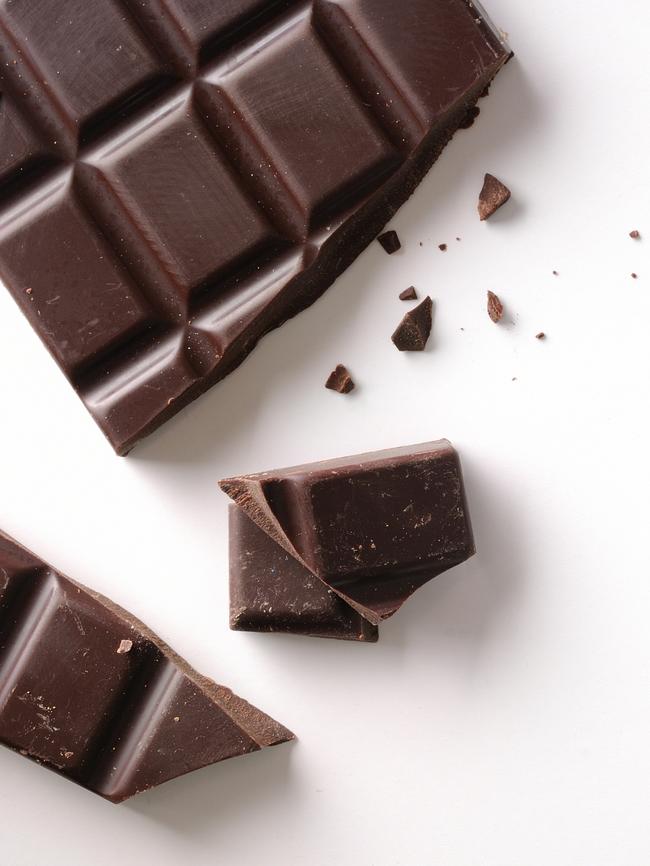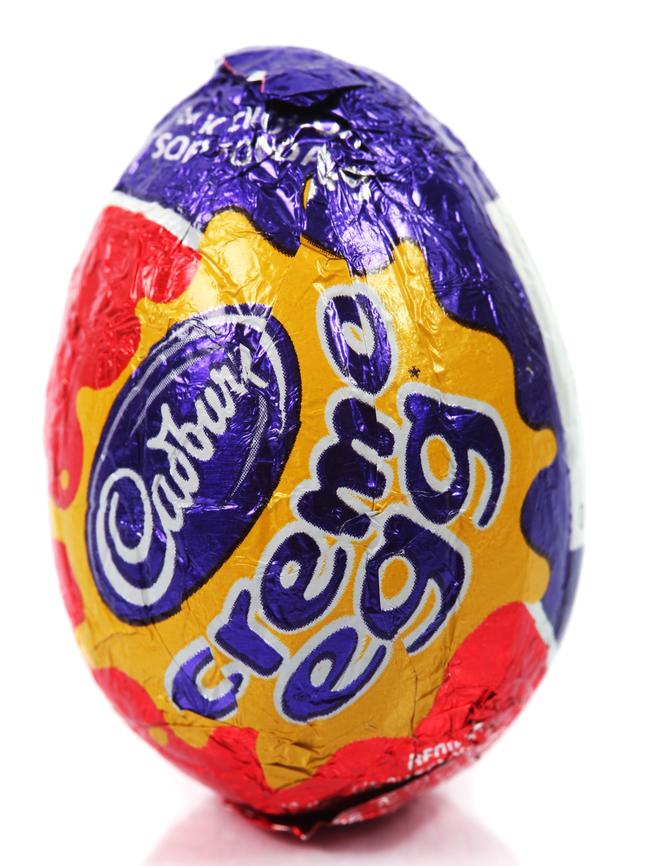Susie Burrell: How many Easter eggs you can eat without putting on weight
It’s tempting to binge on chocolate when Easter rolls around, but dietitian Susie Burrell explains how easy it is to consume thousands of extra calories a day and pile on the weight.
SmartDaily
Don't miss out on the headlines from SmartDaily. Followed categories will be added to My News.
How many Easter eggs do you estimate you will inhale over the next couple of weeks? Will you savour one special bunny or egg on Easter Sunday, or is your treat feasting likely to mean your egg haul is in the hundreds come the end of April?
Like all celebratory foods, there is nothing wrong with a little indulgence occasionally, but if you will ultimately consume thousands of extra calories as part of an ongoing chocolate binge during the next few weeks, it is worth considering what is going on in your body as you are filling it with so much fat and sugar.
WHAT DOES CHOCOLATE OFFER NUTRITIONALLY?
Chocolate, or specifically milk chocolate, is a mix of cocoa, cocoa butter, milk and sugar.
Milk chocolate is a high-fat and high-sugar food, with more than 50g of sugars and 30g of fat per 100g block. From a calorie perspective, a 100g serve of milk chocolate, the amount in a small individual bunny, contains more than 500 calories, or the equivalent of a meal.
As milk chocolate is so easy to overeat, thanks to its rich mouthfeel and high sugar content, the issue for many of us is that it can be challenging to keep our portions controlled.
WHAT HAPPENS WHEN I EAT TOO MUCH CHOCOLATE?
Within an hour or two of consuming a large serve of chocolate, the hormone insulin will be working overtime to keep glucose levels controlled. High levels of insulin over time promote fat storage and drive hunger.
Even within this short space of time, the large amounts of fat will also result in more fat circulating in the blood stream, inflaming the arteries and increasing blood pressure.

Exposing the digestive system to large amounts of fat as well will put extra pressure on the gall bladder, and many a case of gallstones has been triggered after an abnormally high intake of fat in a short period.
The high calorie load is likely to leave you feeling tired and lethargic and you still may feel unsatisfied, as your body is craving the nutrients and protein it would usually receive after eating balanced meals.
WHAT IF THE BINGE CONTINUES?
One of the most significant predictors of discretionary or junk food intake is availability, which means if your house is full of chocolate, you are likely to keep munching as long as it is within easy reach.
Consuming an extra 500-1000 calories worth of chocolate each day, which is as few as 10-12 mini-Easter eggs, will ultimately result in weight gain, reasonably quickly – or a very quick reversal of any weight loss progress you may have made to date.
IS DARK CHOCOLATE REALLY HEALTHIER?
Dark chocolate, especially varieties with upwards of 70 per cent cocoa, are often considered a much healthier option, and while dark chocolate does have a higher proportion of antioxidant compounds than milk chocolate, a closer look will reveal that nutritionally it is not that much different from regular chocolate, with even higher proportions of fat, and only slightly less sugar the higher the percentage of cocoa you choose.
Some say the benefit that comes from choosing a dark chocolate rather than a milk variety is that it is harder to overeat dark chocolate thanks to its more bitter flavour.

HOW MUCH IS TOO MUCH?
If you are able to control your daily intake to just 40-50g each day, or the equivalent of five mini eggs or half a bunny, you will stay inside your discretionary calorie budget.
Or there are equal grounds to enjoy a slightly larger portion – of 100-200g – on a couple of key Easter days before sharing it, or giving it away and getting back on track with your usual diet and exercise regimen.
ENJOY BUT KEEP MOVING
There is nothing wrong with enjoying chocolate but, most importantly, you should continue to focus on your exercise.
The more you move and actively burn calories, the better position your body is in to burn off extra calories and you’ll avoid any negative long-term effects from overeating high fat and calorie food.

REALITY CHECK ON WHAT YOU EAT
Selection: Calories (Fat), Exercise to burn off
200g Easter Bunny: 900cal (50g fat), 2hrs of running
2 Caramello Eggs: 125cal (6g fat), 15min rowing
1 Crème Egg: 170cal (6g fat), 45min power walking
100g Deluxe Bunny: 540cal (33g fat), 2 cycle classes
3 mini eggs: 130cal (7.5g fat), 15min skipping
Small hot cross bun (no butter): 150cal (2g fat), 30min swimming
Large hot cross bun with butter: 300cal (10g fat), 30min jogging
Choc chip hot cross bun: 250cal (9g fat) 1 Zumba class
IN A SNAPSHOT
• Buy small, individual portions of chocolate
• Indulge only on the key holiday days
• Keep the treats out of sight
• Once Easter is over, get rid of the chocolate
• Exercise as much as you can
* Susie Burrell is one of Australia’s leading dietitians with two honours degrees in Nutrition & Dietetics and Psychology
Originally published as Susie Burrell: How many Easter eggs you can eat without putting on weight





